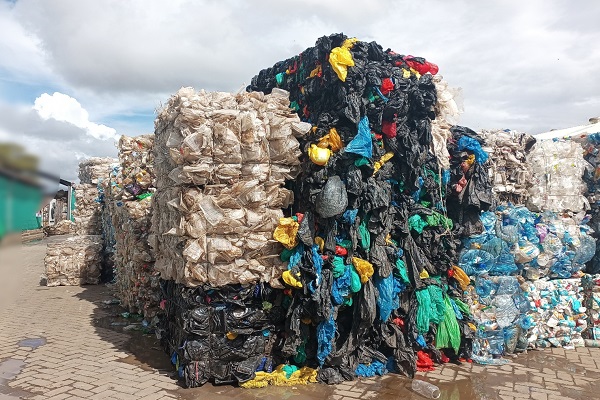Rwanda’s high population growth rates has reignited debate over economy’s ability to create decent work opportunities for young generations, offer right skills and good environment to lead the country’s drive to achieve high income status.
The 26,340-square kilometre East African nation saw population rise to 13.2 million in 2022 from 10.5 million recorded in 2012, thereby increasing density to 503 persons from 416 persons per square kilometer nationally, according to results of the new census released by the National Institute of Statistics.
Rwanda is definitely the second most populous nation in Sub-Saharan Africa, after Mauritius with 624 persons per square km, according to World Bank data.
Projections indicate that Rwanda’s population could triple by 2050 with density of 830 persons per square kilometer.
Planning
Economic experts have allayed fears that current growth rates are not in itself a problem, but warn that without proper planning it could undermine government’s ambitious target of putting the country in the league of nations with middle income status by 2035 and high-income status by 2050.
Government seeks to boost per capita income, which officials estimated at $754 as at 2017, to $1,382 by 2024, $4,035 by 2035 and $12,000 by 2050.
Despite notable economic growth over the years, challenges around high unemployment rates persisted and were exacerbated by the coronavirus pandemic that induced collapse of businesses, layoffs and pay cuts.
General unemployment rate oscillated between 18.1 percent and 24.3 per cent between August 2022 and November 2022, according to the latest quarterly labor force survey by the National Institute of Statistics (NISR) published in January this year.
Unemployment rate remained the highest (29.7 percent) among youth population aged 16 years to 30 years. Youth represent more than 65.3 percent of the country’s total population.
The economy is still far from absorbing the ever rising number of job seekers while factors like wanting education quality and lack of capital continue to inhibit entrepreneurship.
Unemployment rate remained the highest (29.7 percent) among youth population aged 16 years to 30 years. Youth represent more than 65.3 percent of the country’s total population.
Besides, absence of adjusted minimum wage – from Rwf100 ($0.09) set 49 years ago and unchanged to date – has trade unionists questioning whether a few jobs the economy creates are productive or decent enough to have substantial impact in workers’ lives.
Meanwhile, agriculture remains the mainstay of the economy employing over 70 per cent of the population. Majority (over 84 per cent) are subsistence farmers owning less than 0.5 ha on average.
ALSO READ: Landless farmers: Rwanda’s agriculture conundrum
The density arising from the demography has been a factor of concern in recent years amid growing concerns over pressure on arable land from settlement and fast rising urbanisation.
This, coupled with climate change induced effects on both crop and livestock production, increasingly dampen the sector’s prospects of ever sustaining livelihoods of the growing population, supporting poverty eradication, agro-processing industries and trade in the long term.
The census results show a section of Rwandans (mostly those who running out arable land) have been migrating to other parts of the country with ample land for farming.
They are either employed as casual workers in farm activities or are able to lease land to carry on food production.
Straton Habyarimana, a Kigali-based economic analyst is of the view that current population growth rate should see policy makers shift focus to employment diversification, and depend less on the agriculture sector.
“With the current population growth rate, agriculture should be below on the list of employment opportunities for Rwandans. More people should have access to electricity, the internet, vocational training, and other basic infrastructure to decrease reliance on agriculture,” he said.
ALSO READ: Rwanda undertakes new population census after 10 years
~ Johnson Kanamugire contributed to this article










